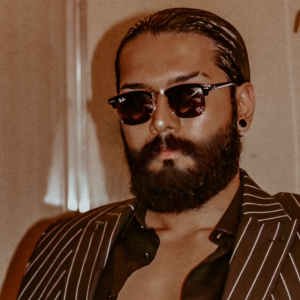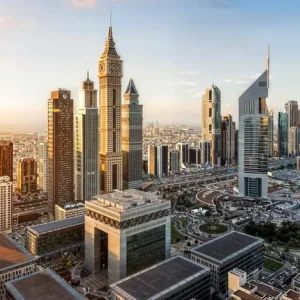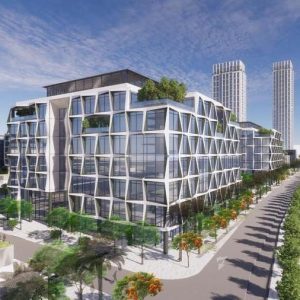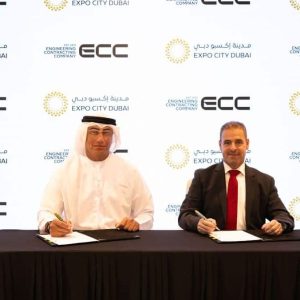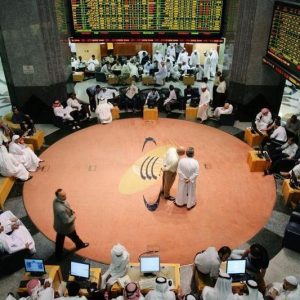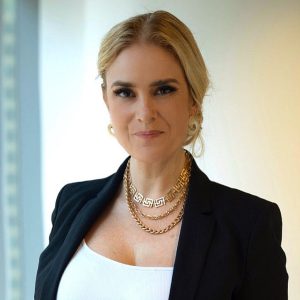When Ahmad Joudeh was a boy growing up in Damascus, he was not allowed to dream big. Born in 1990 in the crowded Yarmouk refugee camp, Ahmad came into the world as a stateless refugee. He held no official papers, no citizenship, and very little sense of belonging in the country where he was raised. But there was one thing that made him feel alive: dance.
At the age of eight, Ahmad watched a performance of Swan Lake on television and felt something shift inside him. He could not explain it at the time, but he knew that movement, rhythm, and performance were going to be his destiny. In a place surrounded by war, loss, and constant tension, the idea of dancing was both unusual and dangerous. Yet for Ahmad, it was the only way to truly express his emotions and escape the heaviness of life.
His father was strongly against the idea. Coming from a conservative background, he considered ballet unfit for boys and refused to support Ahmad’s passion. He tried to stop him, sometimes with anger and punishment. But Ahmad would not give up. Against all odds, he began sneaking into classes, training in secret, and practicing tirelessly. Dance became his rebellion, his voice, and his act of survival.

As Ahmad grew older, the risks became even greater. Extremist groups sent him death threats, warning him to stop dancing. But instead of hiding, he responded with a bold and fearless act: he tattooed the words Dance or Die on the back of his neck. He chose that spot intentionally, right where an executioner’s blade would fall, sending a message that he would rather die than abandon his art.
Receives the Fair Saturday Award in Bilbao – Art as a Voice of Resistance and Hope

In a deeply moving moment, Syrian dancer and artist Ahmad Joudeh was honored with the Fair Saturday International Award in Bilbao, Spain, in recognition of his artistic and humanitarian journey that has transformed dance into a message of resistance and life.
The prestigious award ceremony took place at the Guggenheim Museum Bilbao, in the presence of several ministers, local government officials, and leading cultural and artistic figures from around the world.
The event featured a special performance by Ahmad Joudeh inside the museum, blending Sufi-inspired movement with contemporary ballet, portraying his journey from the streets of Damascus to some of the world’s most renowned stages. The moment he received the award was filled with heartfelt applause and emotion, as the audience stood in admiration of his story — now a symbol of hope and resilience.
In his speech, Joudeh said
This award is not only about me, it is about the power of art when the world tries to silence us and how a single dance step can carry a message louder than war.”
The warm reception in Bilbao reflected profound appreciation for his message that art is not luxury, but an act of humanity capable of transcending borders and turning pain into beauty.
The Fair Saturday Award is one of the world’s most significant recognitions for artists and institutions who use art and culture to promote social solidarity and positive change.
Once again, Ahmad Joudeh proves that dance is not entertainment, but the heartbeat of life and that art is the language that keeps humanity alive, no matter the circumstances.
“When we dance, we are truly free.”
From Yarmouk to Amsterdam: The Ballet Rebel’s Unbreakable Journey
Ahmad’s determination pushed him to join Syria’s respected Enana Dance Theatre, where he trained for nearly a decade. He also studied at the Higher Institute for Dramatic Arts in Damascus. During this time, he became a teacher himself, giving dance lessons to orphans and children with disabilities. For those children, just like for him, dance was more than movement, it was healing, joy, and freedom.
But the Syrian civil war was growing worse every day. Bombs fell, friends disappeared, and many of his loved ones were forced to flee. Ahmad stayed, continuing to dance even among the ruins of destroyed buildings. He performed in open spaces filled with rubble, turning destruction into a stage. These haunting performances caught attention and symbolized resilience in the face of chaos.
In 2014, Ahmad’s story reached television audiences when he appeared on the Lebanese reality show So You Think You Can Dance: Middle East. His performances captured hearts across the region, and for a moment, he became a household name. But fame could not protect him from the dangers back home. When he returned to Damascus, the threats intensified.
Everything changed in 2016 when a Dutch television crew filmed a documentary about him titled Dance or Die. The film told the story of a young man who refused to let war, violence, or statelessness erase his dream. Viewers across Europe were moved, and the Dutch National Ballet took notice. With the help of a special fund called Dance for Peace, Ahmad was invited to Amsterdam.
Leaving Syria was not easy. Ahmad had to say goodbye to his mother and siblings, who remained in Damascus. His father, who had never accepted his dream, was absent from his departure. Yet with nothing but determination and hope, Ahmad landed in the Netherlands, ready to begin again.
Amsterdam became the city of his rebirth. Finally, Ahmad could train, perform, and live freely without fear of punishment or death threats. By 2017, he had launched an international career as a freelance dancer and choreographer, working with companies across Europe and beyond. His performances, mixing classical ballet with Arabic dance traditions, became his signature style, a bridge between East and West, tradition and modernity, despair and hope.
Refugee Turned Dutch Superstar: Dance or Die Tattoo Story
Ahmad’s tattoo, Dance or Die, became more than a personal statement. It evolved into a global symbol of resistance, courage, and art’s power to overcome darkness.
In 2021, Ahmad published his memoir, Dance or Die: From Stateless Refugee to International Ballet Star. The book told his story in his own words, his childhood in Yarmouk, the battles with his father, the near constant threats, and the difficult journey to freedom. It also captured the moments of light: his first stage performances, his role as a teacher, and the joy of finally holding a Dutch passport after decades of being stateless.
That same year, Ahmad reached one of the biggest stages in the world, the Eurovision Song Contest 2021 in Rotterdam. During the semi finals, he performed an extraordinary routine that combined ballet with modern street dance, sharing the stage with BMX freestyle rider Dez Maarsen. Broadcast live across Europe, the performance introduced millions of viewers to Ahmad’s story and artistry.
Becoming a Dutch citizen in 2021 was another turning point. After a lifetime without legal identity, Ahmad finally belonged somewhere. Holding a passport was not just paperwork, it was dignity, safety, and recognition of his humanity.
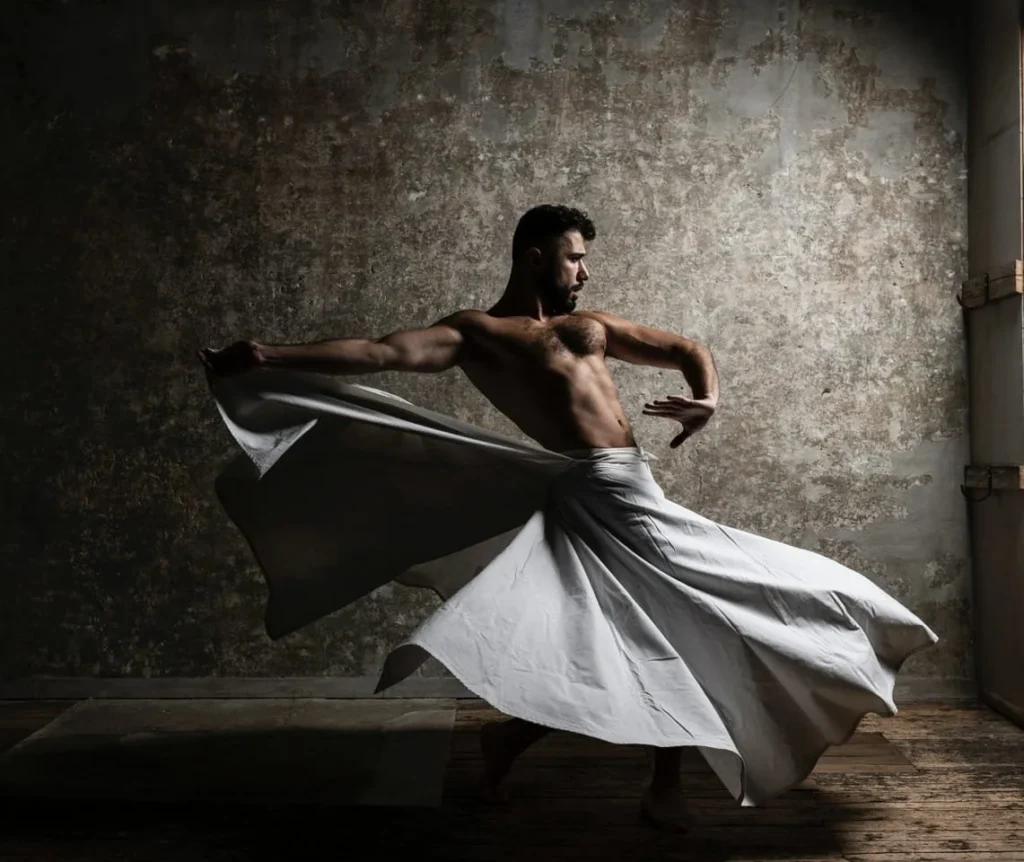
How Dance Saved a Stateless Refugee and Conquered Europe
Beyond performances, Ahmad has dedicated his life to humanitarian work. He regularly speaks at international platforms, including the United Nations, the World Economic Forum, TEDx events, and refugee conferences. His speeches are not polished scripts but heartfelt stories of survival, reminding audiences that behind every refugee statistic is a human being with dreams.
In 2021, he was named a High Profile Supporter of UNHCR, the United Nations Refugee Agency. In this role, Ahmad raises awareness for millions of refugees and stateless people who, like him, are fighting for recognition and a future. He also became an International Friend of SOS Children’s Villages, continuing his long standing commitment to helping children in vulnerable situations.
To further his mission, Ahmad founded the Dance or Die Foundation. Through this initiative, he channels his energy into both artistic and humanitarian projects, aiming to provide opportunities for young people who come from conflict zones or disadvantaged backgrounds. His workshops and performances serve not only as cultural exchange but as platforms of healing and empowerment.
Despite his global recognition, Ahmad has never forgotten his roots. He often speaks of his mother, who still lives in Damascus, and of the friends he lost along the way. His performances carry the weight of those memories, transforming pain into poetry through movement.
An Ongoing Journey of Hope and Inspiration
Today, Ahmad Joudeh is more than just a dancer. He is a storyteller, an activist, and a living symbol of resilience. Every pirouette, every leap, and every bow carries with it the story of a boy who refused to surrender.
For many, Ahmad’s journey is not only inspiring but also a reminder of what art can mean in times of crisis. Art can resist oppression. Art can build bridges. Art can heal.
In interviews, Ahmad often says that he does not dance for fame or applause, he dances to survive, to give meaning to his life, and to honor those who cannot dance anymore. His motto, Dance or Die, is not just ink on his skin, it is his philosophy, his shield, and his promise to the world.
As he continues to choreograph, perform, and speak on international stages, Ahmad Joudeh’s story shines a light on the struggles of refugees everywhere. But beyond that, it shows the power of one person’s determination to rise, no matter the weight of the world pressing down.
Ahmad once had no country, no stage, and no voice. Today, he has all three, and he uses them not only for himself but for the countless others who still wait for their chance to be seen, heard, and celebrated.
Do follow him on Instagram
Read Next – India to Battle Pakistan in Thrilling Dubai T20 Asia Cup Clash



